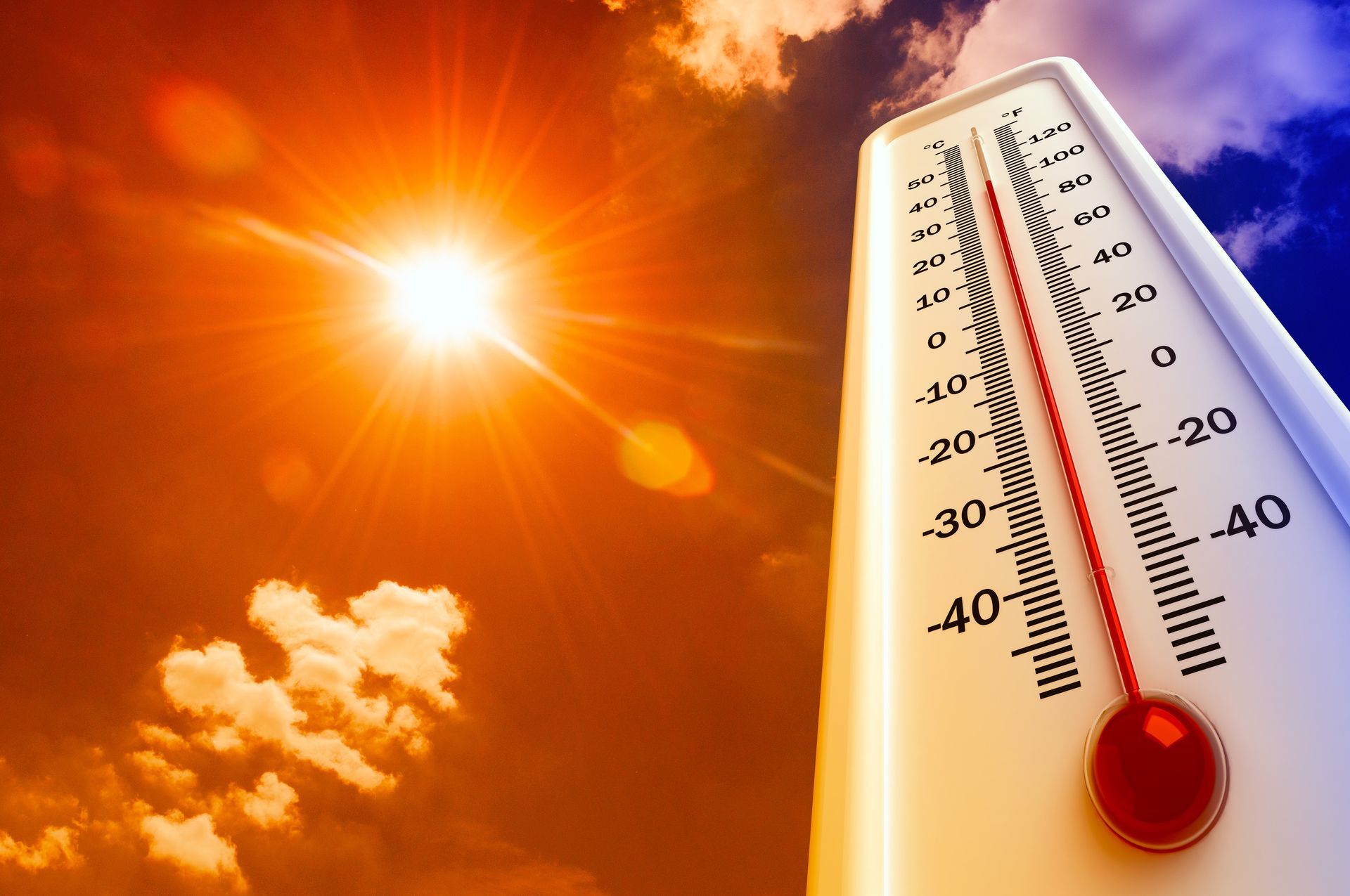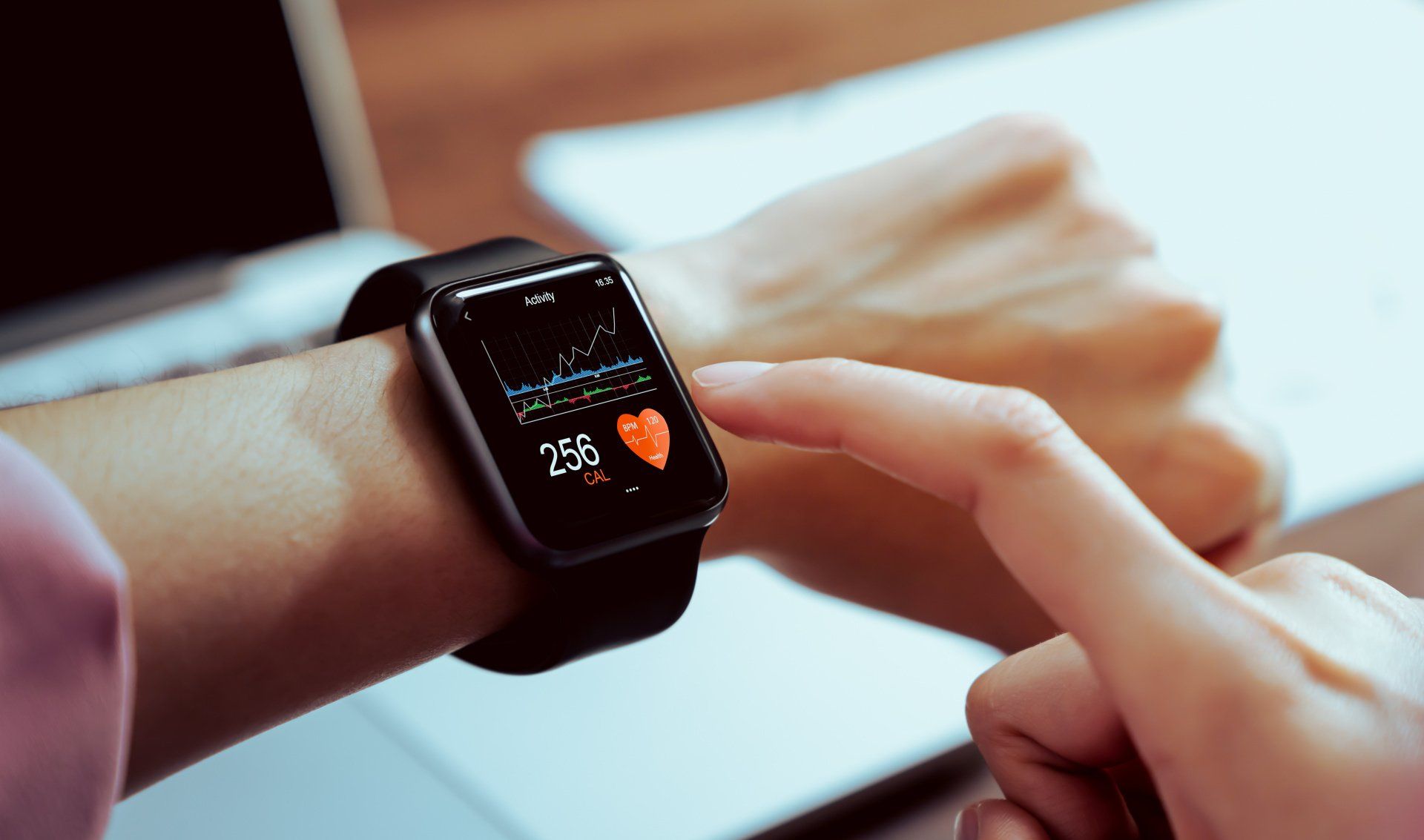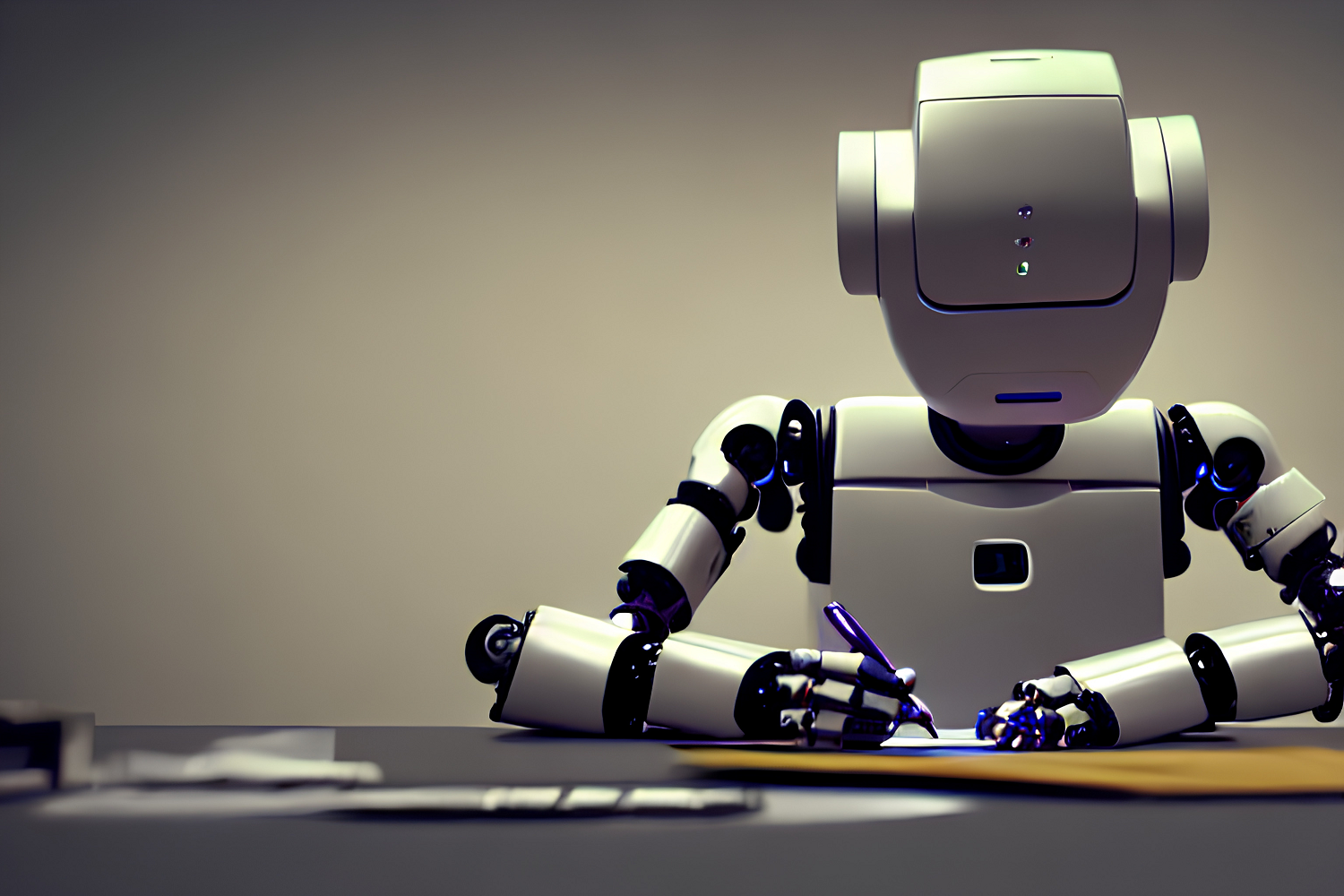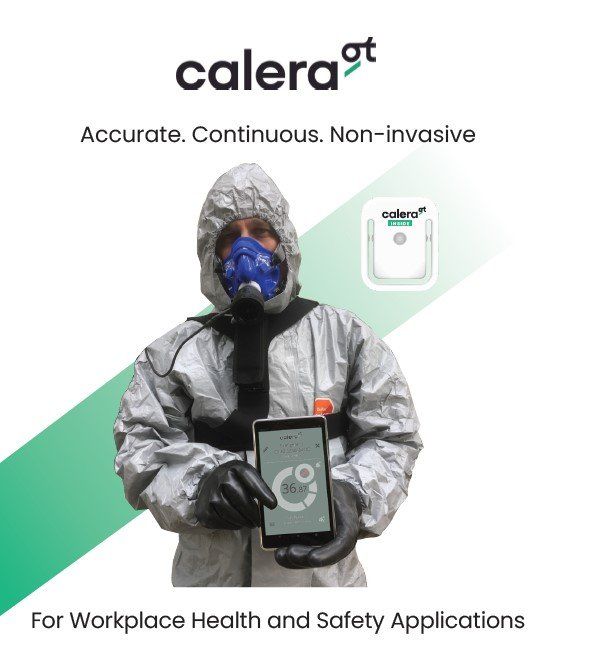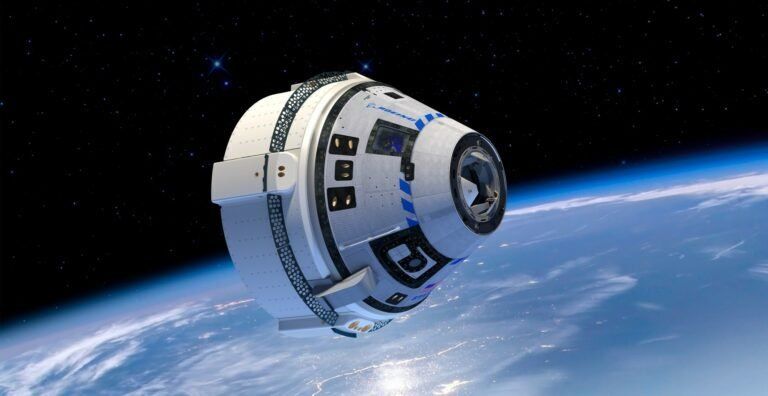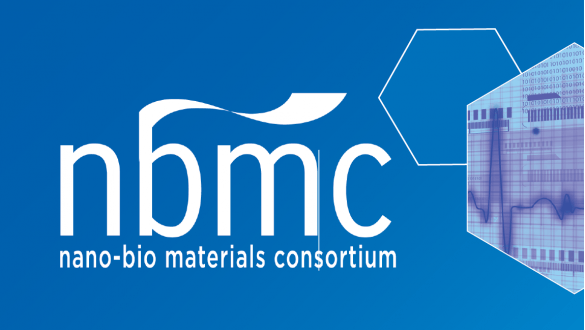3 Different Use Cases for Predictive Personal Health and Safety Monitoring
How IoT, Wearables, and Intelligent Software Provide Personalized Risk Prevention Across Industries
Wearables and IoT (Internet of Things) show promise when it comes to providing actionable health and safety data, but organizations and teams have struggled to get the most benefit from this technology. This is because multiple devices or management tools may not integrate with other branded products, making it difficult to provide a comprehensive view of risk and prevention.
That’s changing with VigiLife's Safety as a Service® offering.
Now you can connect a variety of IoT and wearable devices across brands into a single, intelligent system to receive personalized, contextual insights into the physiological and environmental conditions of different teams. These include industrial workers, athletes, military personnel, and first responders.
Here are three stories of different organizations and how they are using VigiLife's data fusion approach to save lives and prevent injury with real-time alerting while predicting future health and safety risks.
Air Force Air Logistics Complexes (ALCs) Team
Aircraft maintenance squadrons monitor confined spaces on a daily basis and, until recently, it’s been a resource-intensive process. The confined space first needs to be tested for toxic conditions. Then, a maintenance worker may enter to do repairs. During this time, each worker inside a confined space is monitored by a safety attendant as dictated by Air Force safety policies along with broader Occupational Safety and Health Administration (OSHA) regulations.
This process requires multiple people and high labor costs. While there’s an effective track record of incident prevention, there’s also natural human limitations such as safety attendants being able to view the confined space or pick up on auditory cues due to high noise levels and ear protection.
That’s why the Air Force Research Laboratory funded contracts to create an advanced “confined spaces monitoring system.”
After much effort in research and development, VigiLife was formed to commercialize a sensors-based, remote monitoring and alerting platform. Workers can now wear a sensor suite that provides data for continuous monitoring of each person’s physiological status and exposure to atmospheric conditions, among other health and safety data. Additionally, a remotely stationed safety attendant can monitor all of the aircraft maintenance personnel through a single dashboard versus needing one-to-one safety attendant to maintenance personnel supervision.
This is only one of the use cases in which the Air Force uses Safeguard.
You can read more on this story here.
Indiana University Rowing Team
Coaches at the Indiana University women’s varsity rowing team need to see real-time physiological, performance and safety data on their 65 athletes during practices and meets.
They prefer to use an iPad to view all the athletes’ individual data such as heart rate, core body temperatures, and exertion within a single dashboard. Unfortunately, most sensors don’t have a wide geographic distribution capability, which is a problem when the athletes row miles across water in remote environments where Wi-Fi and cellular coverage is limited.
Most wearable solutions only work with their respective brand product lines, which isn’t practical because it requires coaches to switch between multiple dashboards to view results for each device and athlete. What the coaches need is a single solution that captures all the physiological, performance and safety data they want to capture in real-time.
VigiLife's SafeGuard was chosen because it correlates data across multiple brands’ devices and provides contextual analytics and insights on individual athletes. This allows the rowing team to use the sensors that capture the data they want, regardless of the brand, and still receive insights on individual athletes within a single dashboard.
It also gives the coaches an opportunity to expand on the data they're receiving from the team. For example, sensors can attach to the oars to capture force output and speed of the boat. Other potential enhancements include capturing an athlete's individual VO2 max and caloric expenditure. The request list is on-going.
We are currently onboarding the rowing team as a customer and outfitting the athletes with sensor kits.
Police Department (Early Adopter)
Law enforcement officers have an inherently dangerous job that impacts them during work shifts. The stressors they’re exposed to can even have long-term effects for years after leaving or retiring from the force. Police leaders want a safety and health monitoring solution that meets the acute safety needs of their force, preventing risk and injury both today and in years to come.
For example, a routine traffic stop can quickly escalate if a suspect starts running or if shots are fired. Not all law enforcement officers work with partners or wear body cameras. This creates gaps in oversight as the chief and command teams try to decipher where officers are, how they’re doing, and the context of such adrenaline-inducing situations.
Law enforcement leaders have been considering if wearable devices can have an impact on police officers' lives and long-term health over their careers. The capability of tracking biometric response in real-time could be beneficial.
There is a police department in California that recently signed up as an early adopter. One of the reasons this group chose VigiLife is because it can use the data from a variety of sensors to provide real-time insights into these situations. For example, VigiLife recently supported a capability of the Apple Watch to record ambient noise when the feature is enabled. Sounds like gunshots can be paired with other data such as heart rate and GPS location. This information can be used to automate reports to the command team, even if the officer hasn’t been able to radio back to dispatch. Since VigiLife's software is sensor agonistic, the department has options to include more sensors that capture not only physiology and ambient information, but also environmental information (i.e. gas detectors).
This department’s other priority is to receive longitudinal or chronic health insights of its force, which can be received from a variety of sensors and the VigiLife platform.
Next Steps
The diversity and need for predictive, personalized health and safety monitoring spans industries.
How would you use this capability to protect the people in your care?
Contact us to discuss how you could benefit from this Safety as a Service® technology and see if participating in the early adopter program is right for you.

